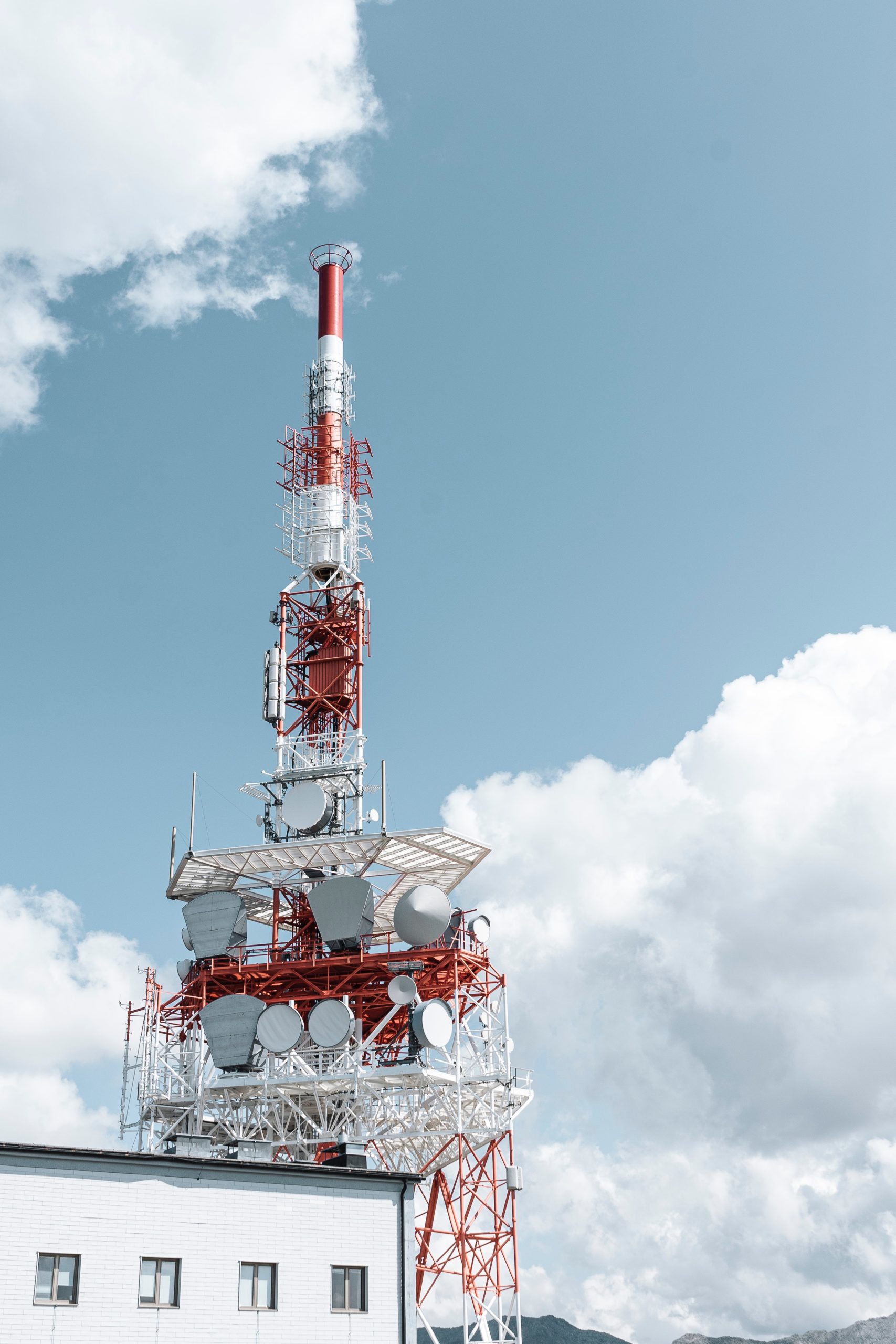Ireland’s Connectivity Post-Pandemic
The COVID-19 pandemic caused things to shift on a global scale. Seemingly overnight, everything from school and work to leisure and socialization went remote, leaving countries to rely on their existing connectivity infrastructure to keep things moving.
Ireland, in particular, faced a unique challenge in March 2020: as the health crisis unfolded, the country’s demand for digital services such as video conferencing and video streaming skyrocketed.
Its island isolation meant that it already had a robust, self-sustaining infrastructure in place, but it served as a reminder that existing technology is not always sufficient.
According to the 2020 Eurofound study, roughly 47% of Ireland’s entire workforce did their job remotely during the initial peak of COVID-19 – that’s the second-highest share in all of the European Union. As one could assume, traffic on the country’s mobile and fixed networks soared as a result.
“In Ireland, there’s a huge demand for digital connectivity, in particular for video conferencing, and I think the robustness of the network and the utilities across Ireland shone through,” said Sean O’Donnell, general manager of Aurora Telecom in an interview with SiliconRepublic.com.
But things haven’t been all smooth sailing since then. While Ireland’s national telecom operator Eir (formerly known as Eircom) says it was able to sustain “massive” increases in traffic on both its mobile and fixed networks during the worst of the pandemic, many legacy networks have struggled. The growing list of cloud-based applications used by consumers and businesses has strained existing infrastructure in an unforeseen way. It has opened the door to concern over issues such as security and compliance, as well as latency and buffering.
To meet the needs of the new normal, it’s clear that countries will need to invest in next-generation connectivity infrastructure. 5G will play a big role in this, but so will technologies like edge computing and network virtualization. These will be key to ensuring that countries like Ireland are able to keep up with demand and provide a high quality of service – even in the face of unexpected challenges.
So far, the focus of Ireland’s improvements has focused on fiber networks. Dark fiber, in particular, has seen a lot of interest, which is unsurprising given its ability to support ultra-fast speeds and low latency. A few months ago, one of the country’s biggest telecoms providers, Enet, announced that it plans to invest more than €50 million in the development of fiber networks across Ireland over the next five years.
Eir and Paris-based private equity firm InfraVia Capital Partners also recently indicated plans to expand the broadband market through the formation of a new joint venture they’re calling Fiber Networks Ireland Limited. That project aims to bolster wholesale fiber-to-the-home (FTTH) networks across the Republic of Ireland in favor of the high-speed broadband that’s needed to support 5G and other future innovations.
As we enter the post-pandemic world, it is crucial that Ireland – as well as every other country – has the necessary infrastructure in place to support the new reality. Only then can we hope to fully recover and thrive in the years to come.

